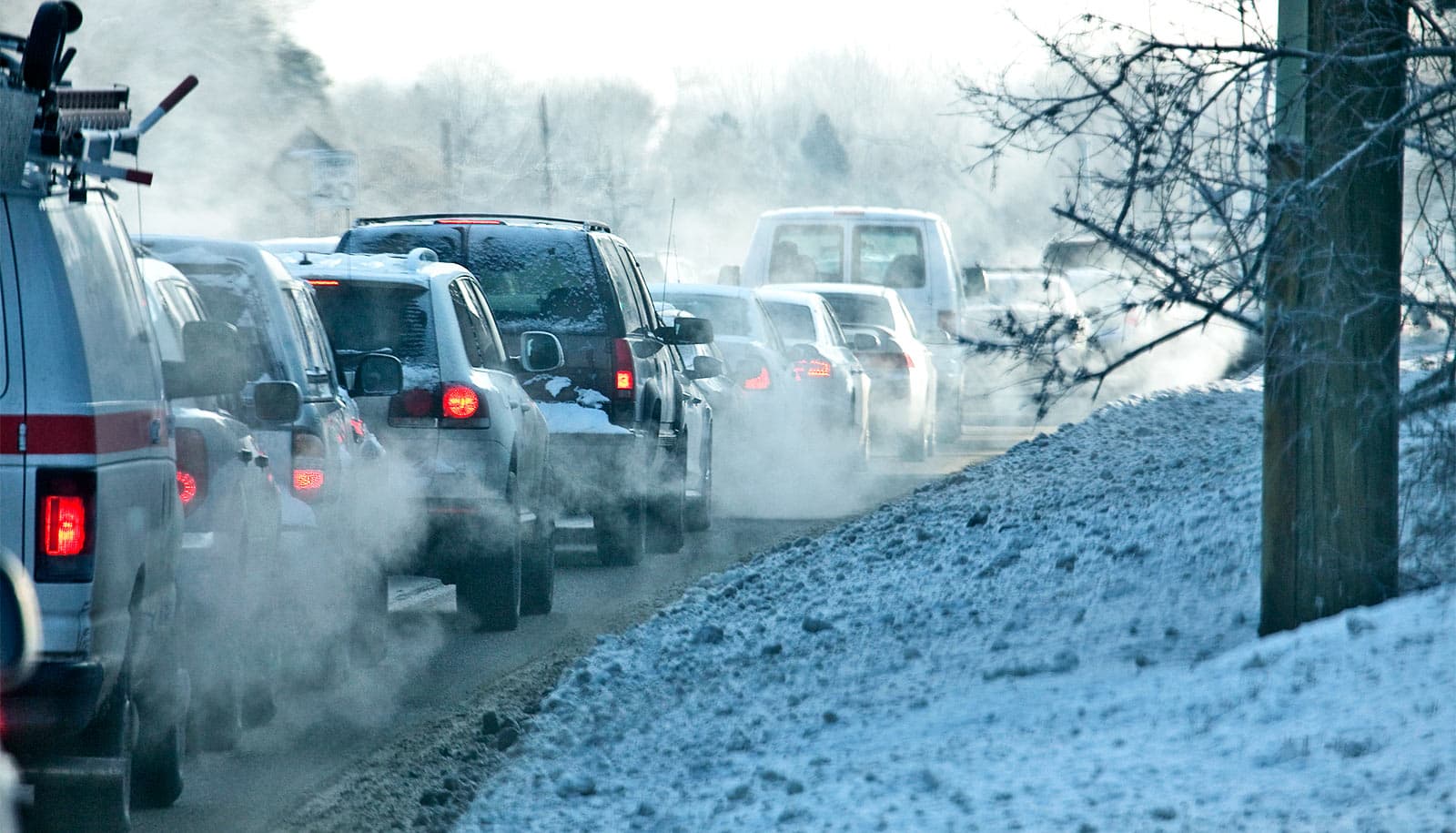If European countries complied with current World Health Organization air quality guidelines, it could prevent up to 11% of new childhood asthma cases each year, according to a new study.
Overall, 33% of new asthma cases in the 18 European countries researchers studied can be attributed to air pollution levels.
Asthma is the most common chronic disease in children. Emerging evidence suggests that exposure to air pollution increases the risk of developing the respiratory disease during childhood. The findings, which estimate the burden of new childhood asthma among 63.4 million children, focuses on three key pollutants: PM2.5 (33%), NO2 (23%), and black carbon (15%).
The study, which appears in European Respiratory Journal, used census population data from the 18 European countries and the incidence rates of asthma in children obtained from the Global Burden of Disease study database. Researchers calculated exposure to the different pollutants using a harmonized European statistical model (land use regression) based on multiple measurements in Europe.
Researchers used two different scenarios to estimate the burden of childhood asthma: one based on the maximum air pollution levels that WHO air quality guidelines recommend and a second using a reference to the lowest air pollution levels recorded among 41 previous studies.
The analysis for the first scenario indicates that compliance with WHO air quality guidelines for PM2.5 could prevent 66,600 childhood asthma cases—11% of the total cases recorded. Researchers estimated that compliance with the NO2 guideline would prevent 2,400 asthma cases each year.
According to the results of the second scenario, 33% of new childhood asthma cases—more than 190,000 annual cases—could be prevented if the 18 countries met the lowest levels of PM2.5 recorded by previous studies.
“Our findings reinforce the case that air pollution is contributing substantially to the burden of pediatric asthma,” says Haneen Khreis, associate research scientist at the Texas A&M University’s Transportation Institute.
“This new analysis is a call for urgent action. These impacts are preventable. We can and should do something about it.”
The 18 European countries included in the study are Austria, Belgium, Denmark, Finland, France, Germany, Greece, Hungary, Ireland, Italy, Lithuania, the Netherlands, Norway, Portugal, Spain, Sweden, Switzerland, and the United Kingdom. Researchers did not include countries from Eastern Europe due to the lack of air pollution exposure data in the region.
Source: Texas A&M University



